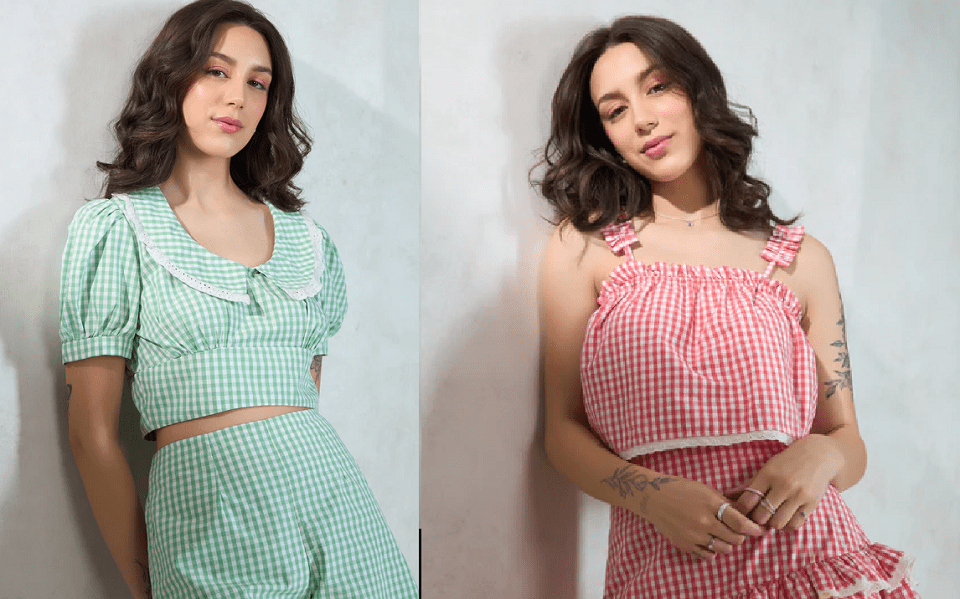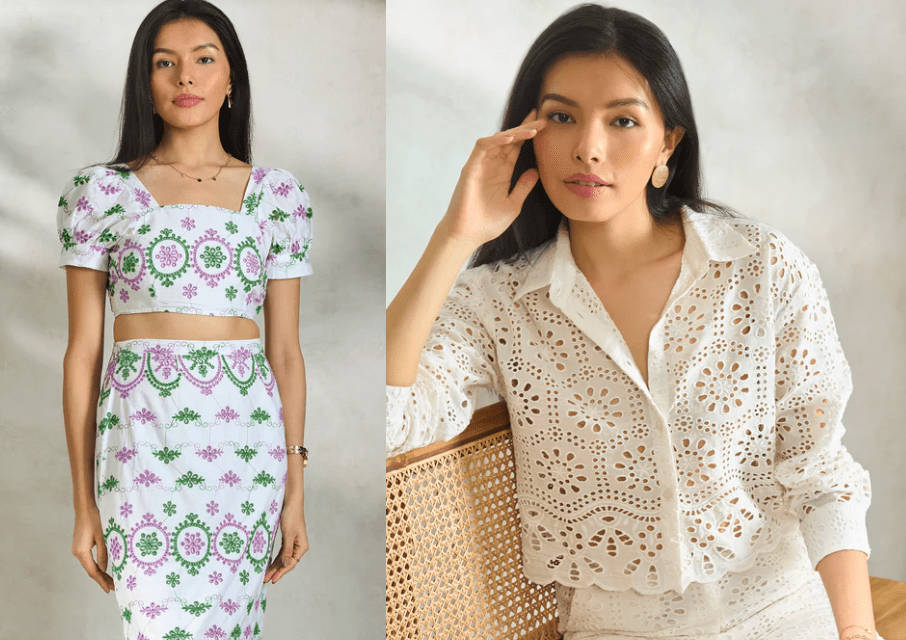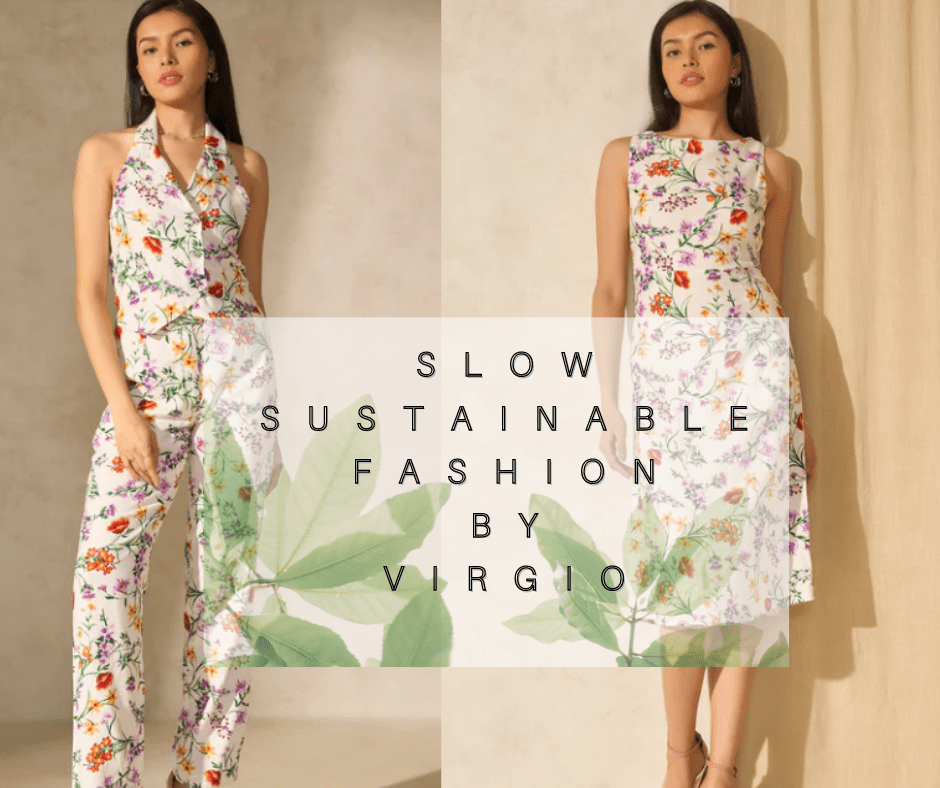In an age where fashion cycles turn faster than ever, the concept of “slow fashion” has emerged as a counter-movement that encourages more mindful and sustainable choices. While the allure of fast fashion—affordable, trendy clothing produced at lightning speed—remains strong, the environmental and social costs of this industry are becoming increasingly hard to ignore.
The rise of slow fashion represents a shift toward sustainability, quality, and ethical production practices, offering a promising path toward a more responsible and conscious way of dressing.
The Dark Side of Fast Fashion
Fast fashion has revolutionized the way we consume clothing. Brands like Zara, H&M, and Shein have made it possible to purchase runway-inspired looks at a fraction of the cost. However, this convenience comes with a heavy price. The fast fashion model relies on mass production, cheap materials, and low-wage labor to keep prices down. This not only leads to the exploitation of workers in developing countries but also contributes significantly to environmental degradation.
The fashion industry is one of the largest polluters in the world. It accounts for approximately 10% of global carbon emissions and is responsible for massive water consumption and pollution. The use of synthetic fibers, derived from fossil fuels, further exacerbates the environmental impact, as these materials do not biodegrade and contribute to the growing problem of microplastic pollution in our oceans.
Moreover, the rapid turnover of trends in fast fashion encourages a throwaway culture. Clothes are often worn just a few times before being discarded, leading to an overwhelming amount of textile waste. According to the Environmental Protection Agency (EPA), 17 million tons of textile waste ended up in landfills in the United States alone in 2018. This waste not only takes up valuable space but also releases harmful greenhouse gases as it decomposes.
The Philosophy of Slow Fashion
In contrast, slow fashion advocates for a more thoughtful approach to clothing consumption. At its core, slow fashion emphasizes quality over quantity, favoring well-made, timeless pieces that can be worn for years rather than months. This approach encourages consumers to invest in fewer items that are versatile, durable, and made from sustainable materials.
Slow fashion also prioritizes ethical production practices. This means ensuring that the people who make our clothes are paid fair wages and work in safe conditions. Brands that embrace slow fashion often partner with artisans and small-scale producers, supporting local communities and preserving traditional crafts. By choosing slow fashion, consumers can contribute to a more equitable and sustainable fashion industry.
One of the key principles of slow fashion is transparency. Many slow fashion brands are committed to providing detailed information about their supply chains, from the sourcing of raw materials to the final production of garments. This transparency allows consumers to make informed choices and supports the growing demand for accountability in the fashion industry.
Virgio.com: A Sustainable Fashion Innovator

One brand making significant strides in the slow fashion movement is Virgio. Founded in 2022, Virgio is committed to combining trend-forward designs with sustainable practices. The brand has positioned itself as a leader in circular fashion, focusing on creating high-quality, eco-friendly clothing that minimizes environmental impact.
Virgio’s approach to fashion is deeply rooted in sustainability. The brand prioritizes the use of biodegradable materials, ensuring that its products are not only stylish but also kind to the planet. Virgio also emphasizes ethical production, working closely with artisans and small-scale manufacturers to ensure fair wages and safe working conditions. This commitment to both, people and the environment makes Virgio a standout in the sustainable fashion space.
Virgio also embraces transparency, providing customers with insights into its supply chain and production processes. This level of openness helps build trust with consumers and sets a standard for the industry. By choosing Virgio, consumers can feel confident that they are supporting a brand that aligns with their values and contributes to a more sustainable future.
The Benefits of Sustainable Fashion
Embracing slow fashion has numerous benefits for both consumers and the planet. For consumers, investing in high-quality, sustainably made clothing can lead to a more curated and meaningful wardrobe. Instead of chasing fleeting trends, slow fashion encourages the development of a personal style that reflects individual values and preferences.

From an environmental perspective, slow fashion significantly reduces the fashion industry’s impact. By choosing garments made from organic or recycled materials, consumers can help reduce the demand for virgin resources and minimize pollution. Additionally, supporting brands that prioritize ethical production helps ensure that workers are treated fairly and that human rights are upheld throughout the supply chain.
Another important aspect of slow fashion is its focus on longevity. Well-made clothing that is designed to last can help break the cycle of constant consumption. By caring for our clothes—through proper washing, repairing, and thoughtful storage—we can extend their lifespan and reduce the need for frequent replacements.
How to Embrace Sustainable Fashion
Transitioning to a slow-fashion mindset doesn’t happen overnight, but small changes can make a big difference. Here are some steps to help you get started:
- Buy Less, Choose Wisely: Focus on quality over quantity. Invest in pieces that you truly love and that will stand the test of time.
- Opt for Sustainable Materials: Look for clothing made from organic cotton, linen, hemp, or recycled fabrics. Avoid synthetic materials like polyester, which contribute to microplastic pollution.
- Support Ethical Brands: Do your research and support brands like Virgio.com that prioritize ethical production and transparency. Look for certifications like Fair Trade or B Corp that indicate a commitment to social and environmental responsibility.
- Repair and Reuse: Instead of discarding damaged clothing, learn how to repair it or repurpose it into something new. Many communities offer clothing swaps or secondhand shops where you can find unique, pre-loved items.
- Mindful Consumption: Before making a purchase, ask yourself if you need the item and if it aligns with your style and values. Mindful consumption is at the heart of slow fashion.

Conclusion
The slow fashion movement offers a refreshing alternative to the wasteful and exploitative practices of the fast fashion industry. We can contribute to a more just and environmentally friendly fashion system by prioritizing sustainability, ethics, and quality.
Consumers can drive change by making conscious choices and supporting brands that align with our values. Slow fashion is not just a trend—it’s a necessary shift towards a more sustainable and responsible way of living. Brands like Virgio.com are leading the charge, demonstrating that fashion can be stylish and sustainable, without compromising on ethics or the environment.


